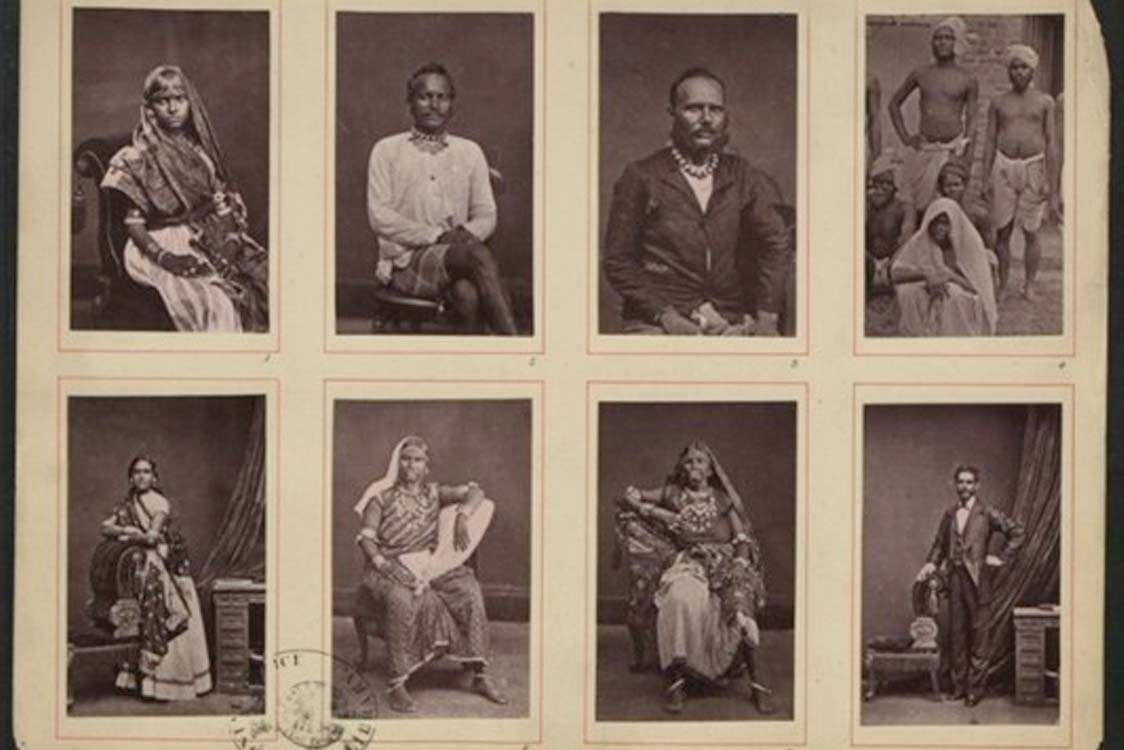With the passing of the Slavery Abolition Act in 1833, planters anticipated a labour shortage even though the Apprenticeship system had forced former enslaved Africans to continue to provide free labour. Planters in British Guiana began to look overseas to obtain an additional work force.
Despite the recruitment of African, Portuguese and other European labourers, it did not ease the labour shortage. Sir John Gladstone applied for permission from the British Government to recruit South Asians to work in British Guiana for a five-year period of Indentureship. Of the 396 Indians who arrived in May 1838, 48 had died by January 1839. By the end of their indentured period in 1843, an additional 50 died. Many of the new labourers were unsuitable for field work, and some eventually abandoned their contracts and resorted to a life of wandering, begging or doing menial work. Indian indentured labourers were also recruited and transported to Trinidad, Jamaica, Dutch Guiana (Suriname), French Guiana, Grenada, St Vincent, and other colonies. Many of them never returned to India. In 1917 the indentured system was abolished after years of campaigning mainly by Indians and Africans in British Guiana. In the period from 1838-1917, it is estimated that 551,395 men and women were indentured in the Caribbean; mostly to British Guiana and Trinidad. Also, more than 50,000 men from West Africa were indentured between 1834 and 1916. Indentureship was another form of enslavement.




